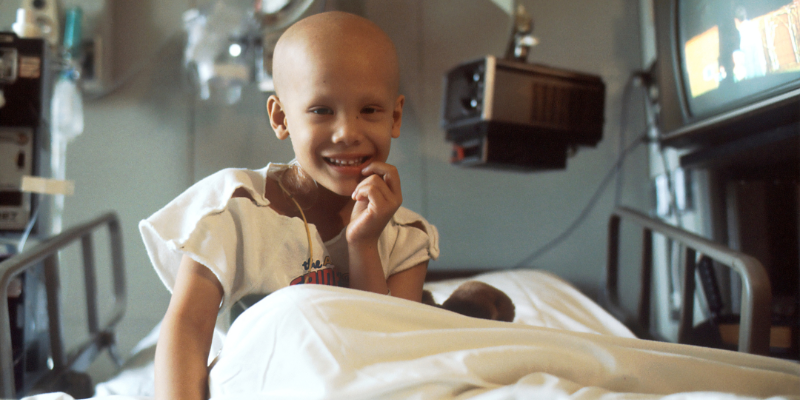
In 2012, President Obama proclaimed September as National Childhood Cancer Awareness Month to bring awareness to pediatric cancer, the leading cause of death by disease for children under the age of 14. In this blog, we want to honor those who suffer from pediatric cancer and educate you about this horrible disease.
According to St. Jude Children’s Research Hospital:
- 43 children in the U.S. are diagnosed with cancer every day.
- Worldwide, about 230,000 children and adolescents are diagnosed with cancer each year.
- Nearly 10% of children with cancer develop the disease because they inherited a genetic mutation.
- More than 95% of childhood cancer survivors have significant treatment-related health issues.
What Is Childhood Cancer?
Also called pediatric cancer, childhood cancer is found in many areas of the body and is not just one disease but can be of many different types. It affects children, teens, and young adults. Types of Childhood Cancer The most common type of childhood cancer is a type of blood cancer called leukemia. Cancer also occurs in the lymph nodes, nervous system, muscles, bones, and skin. Cancer in the lymph nodes is known as lymphoma. Cancer in the nervous system is known as a brain tumor. Solid tumors are found in the muscles, bones, and skin.
What Causes Childhood Cancer?
While adult cancers are usually linked to lifestyle or environmental factors, the causes of childhood cancer are not known. Since young people haven’t lived as long of a life as adults, their lifestyle and environment aren’t thought to be factors that cause cancer. According to St. Jude's, “It is thought that cancer-causing genetic changes called mutations are most commonly to occur by chance. However, in about 8% of cases children are born with genetic changes that increase their risk of getting cancer.”
Treating Cancer in Children
Like all cancers, treatment depends on the type and severity. Treatments can include surgery, chemotherapy, radiation therapy, and immunotherapy. A patient can receive more than one of these treatments at the same time. Depending on the type of cancer, the treatment length varies but it can range from months to years. Doctors and researchers are developing new therapies for childhood cancer. One of these therapies, called precision medicine, targets specific genetic changes in the cancer.
After cancer treatment is complete, many patients receive follow-up care for many years to make sure they can continue living a happy, healthy life. Some treatments cause long-term health problems that must be treated and monitored. We hope to raise awareness this month and continue educating others in the coming months.
September 1, 2022 by Life Tech
In 2012, President Obama proclaimed September as National Childhood Cancer Awareness Month to bring awareness to pediatric cancer, the leading cause of death by disease for children under the age of 14. In this blog, we want to honor those who suffer from pediatric...